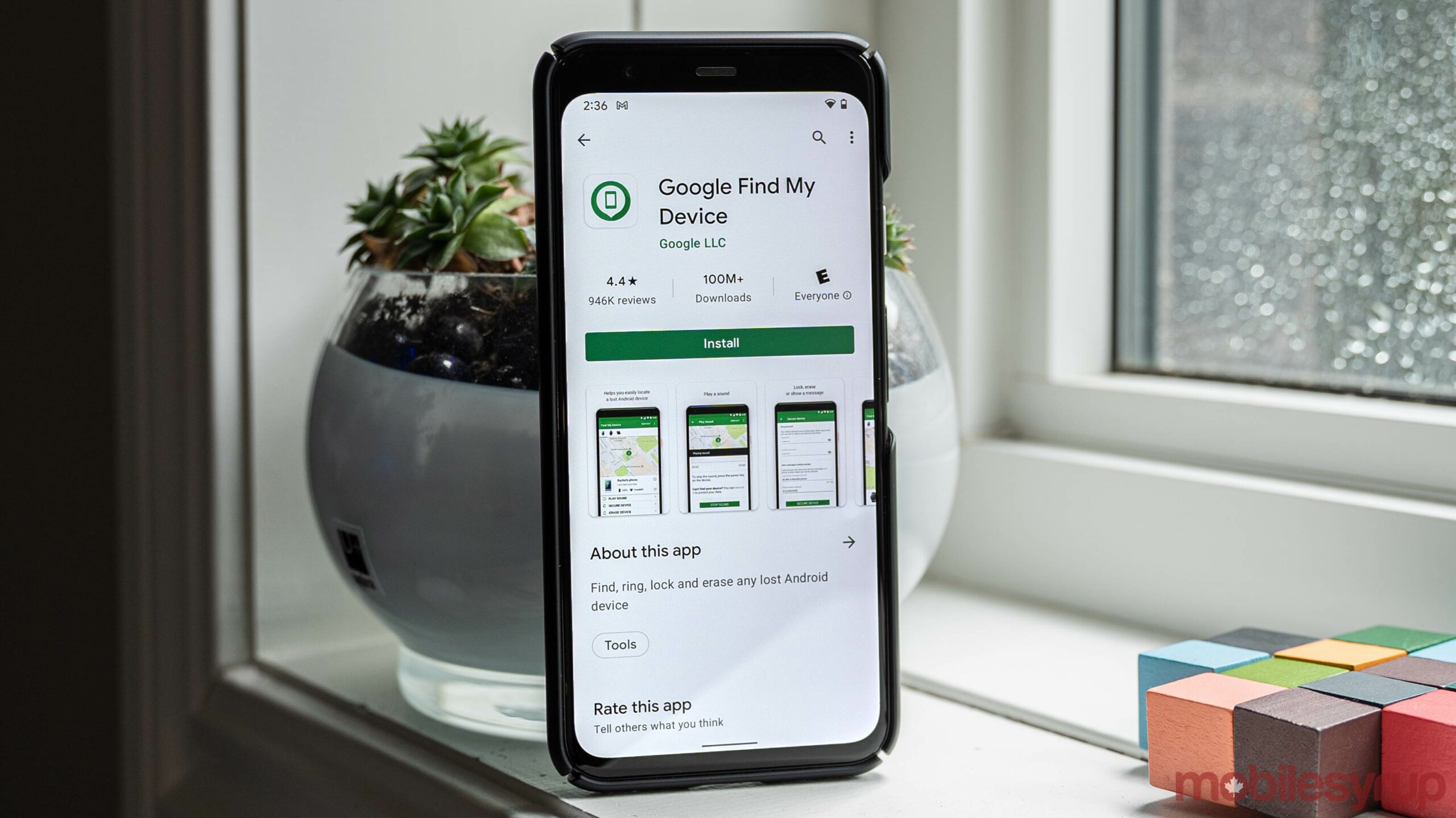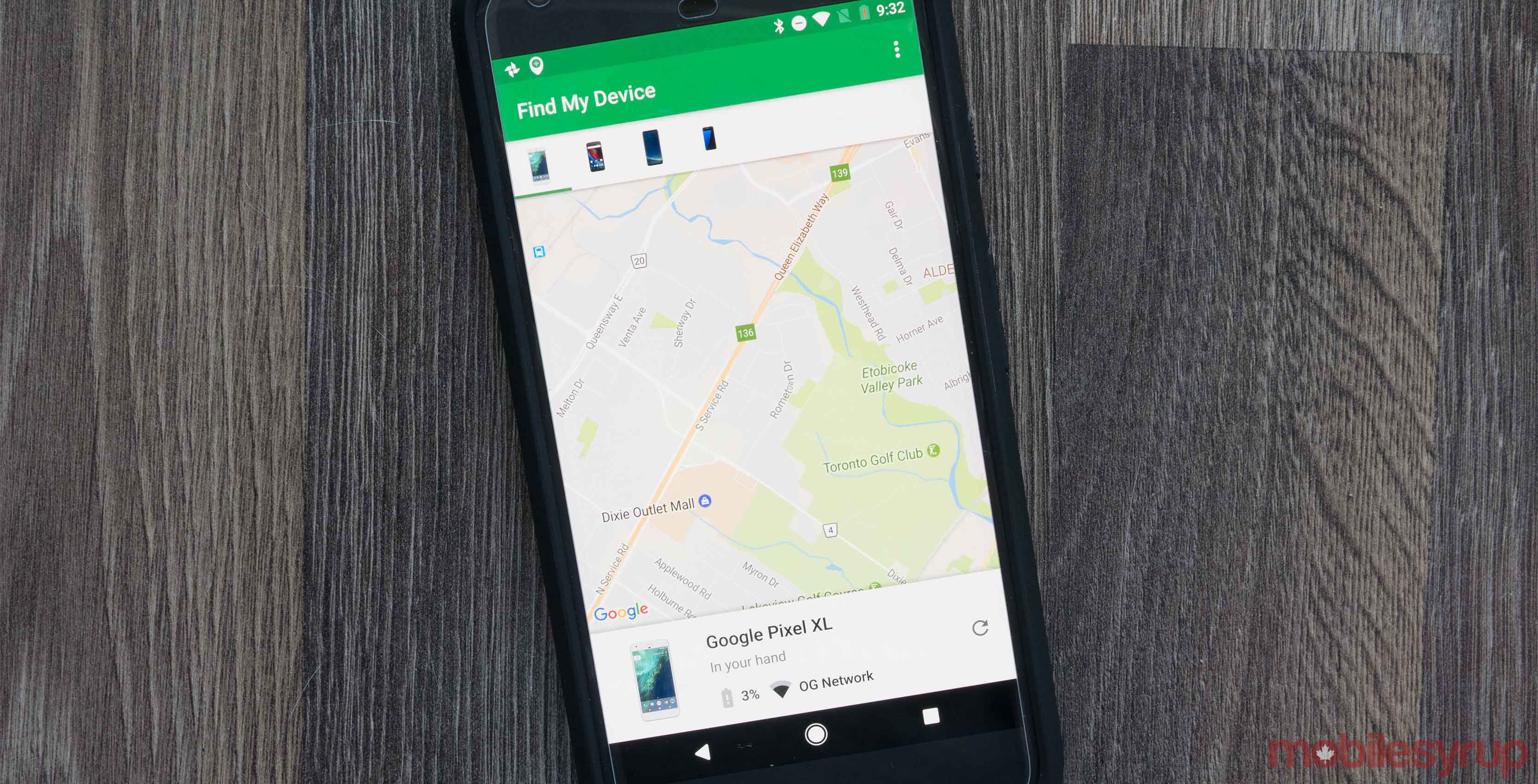

Unfortunately, this doesn’t allow you to get your device to make a sound, lock itself or erase any data, but we’re still holding out for Microsoft to add this functionality. In the Control Panel window that opens you’ll see it under “Computer name.” If you don’t know the name of your device, right-click on the Start button and select System.

To make sure everything is working, log in toĪ/devices with your Microsoft account and you should see the name of your PC listed under “Your devices.”
Click it to turn the setting on, and you should now see a message saying “Find My Device is on”, like below.  Click the “Change” button, and you’ll be prompted with a toggle named “Save my device’s location periodically”. From here, look for the “Find My Device” option in the left pane. Once that’s sorted, head to Settings > Update & Security. Scroll down to where it says “Windows specifications” and look for 1909 or 2004 If the current location isn’t available, you’ll see the last online location. Head to Settings > System and click ‘About’ in the left pane. See your phone, tablet, or other Android devices and accessories on a map. Make sure your device has been updated to at least the November 2019 update (version 1909). How to set up Find My Device on Windows 10 Save your personal devices and preferences Easy access to support resources Create personal account Business/IT accounts.
Click the “Change” button, and you’ll be prompted with a toggle named “Save my device’s location periodically”. From here, look for the “Find My Device” option in the left pane. Once that’s sorted, head to Settings > Update & Security. Scroll down to where it says “Windows specifications” and look for 1909 or 2004 If the current location isn’t available, you’ll see the last online location. Head to Settings > System and click ‘About’ in the left pane. See your phone, tablet, or other Android devices and accessories on a map. Make sure your device has been updated to at least the November 2019 update (version 1909). How to set up Find My Device on Windows 10 Save your personal devices and preferences Easy access to support resources Create personal account Business/IT accounts.







 0 kommentar(er)
0 kommentar(er)
